Top 10 Seasonings Starting with 'S' - Essential Guide for Home Cooks
Discover the most useful seasonings beginning with 'S' - from everyday salt to exotic saffron. This guide covers their uses, buying tips, and storage advice to maximize flavor in every dish.
10 Must-Try S-Seasonings
- Salt - Universal flavor enhancer for all dishes
- Saffron - World's most expensive spice with floral notes
- Star Anise - Licorice-flavored star-shaped spice
- Sesame Seeds - Nutty flavor for Asian and Middle Eastern dishes
- Sumac - Tangy, lemony Middle Eastern spice
- Smoked Paprika - Deep smoky flavor for meats and vegetables
- Shichimi Togarashi - Japanese seven-spice blend
- Szechuan Peppercorns - Numbing citrus-like heat
- Seaweed Seasoning - Umami-rich coastal flavor
- Sriracha - Tangy chili sauce for spicy kick
Science Behind S-Seasonings
Salt: The Classic Flavor Enhancer
Salt enhances natural flavors, balances sweetness, and brings out ingredients' true taste. Different types include sea salt (mineral-rich), kosher salt (coarse texture), and table salt (processed with iodine).
| Type | Best Uses | Texture |
|---|---|---|
| Sea Salt | Finishing dishes, salads | Coarse crystals |
| Kosher Salt | Meat preparation, general cooking | Flaky, easy to pinch |
| Table Salt | Baking, everyday use | Fine grains |
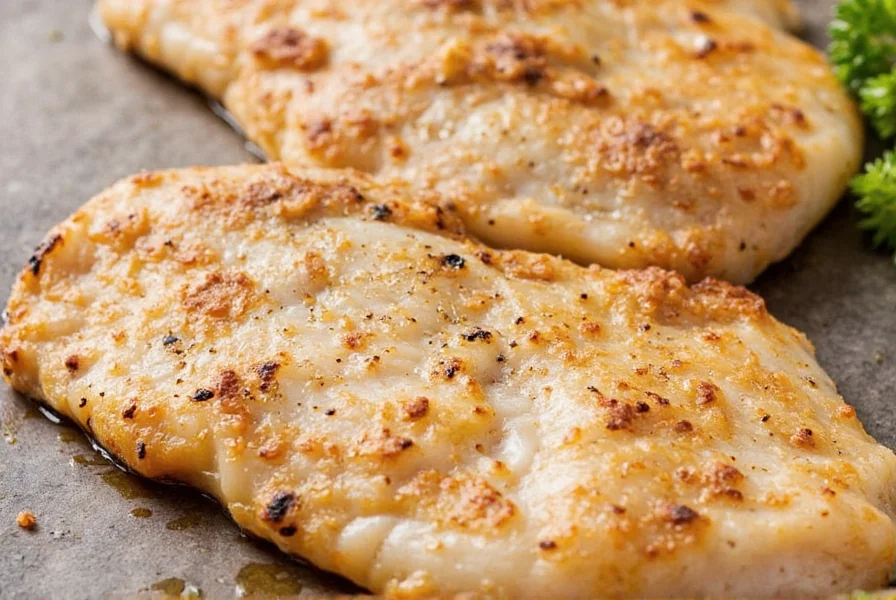
Saffron: The Golden Treasure
Harvested from crocus flowers, saffron's unique color and flavor come from crocin and picrocrocin compounds. One gram contains 200-300 threads, with 75,000 flowers needed per pound.
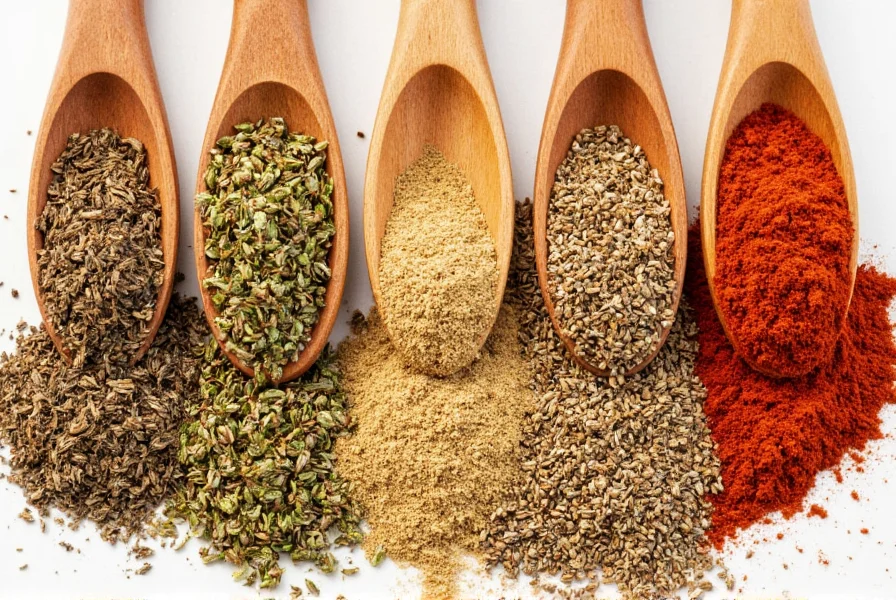
Sumac: The Zesty Tang
Derived from sumac berries, this spice contains malic acid which provides its signature lemony flavor without acidity. Ideal for replacing lemon juice in recipes.
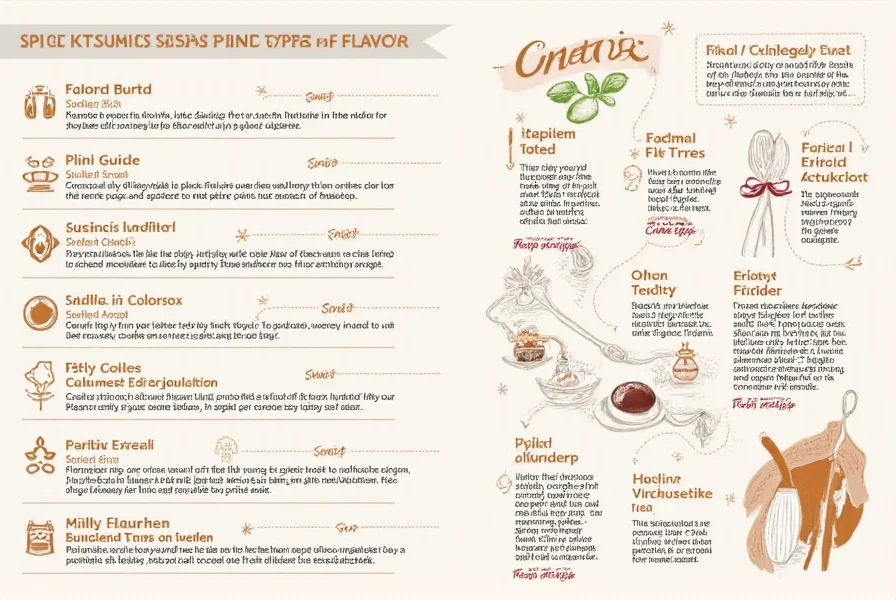
Expert Usage Tips
1. Salt Measurement Guide
For most recipes: 1/4 tsp fine salt per cup of liquid. For coarse salts like kosher, use 1/2 tsp per cup. Always taste before adding more.
2. Saffron Infusion Method
Steep 15-20 threads in 2 tbsp warm water or broth for 15 minutes before adding to dishes. Never boil directly - heat destroys flavor compounds.
3. Star Anise Toasting Technique
Toast whole star anise in dry pan for 1 minute until fragrant. Crush lightly to release oils before adding to braises or soups.
4. Sumac Application
Use 1 tsp sumac for every 1 tbsp lemon juice substitution. Sprinkle on roasted vegetables, grilled fish, or hummus for bright acidity.
Buying Guide: Quality Checkpoints
Saffron
Look for deep red threads with orange tips. Avoid powders unless certified pure. Genuine saffron should have a strong floral aroma and leave yellow stain on paper.
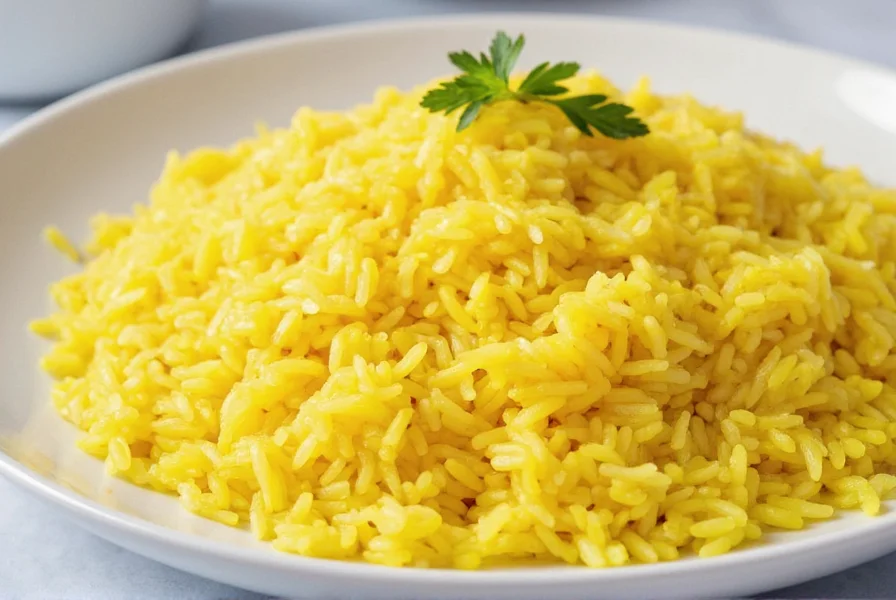
Sumac
Choose coarsely ground sumac with vibrant red color. Avoid pale or dusty versions. Store in airtight container away from light to preserve acidity.
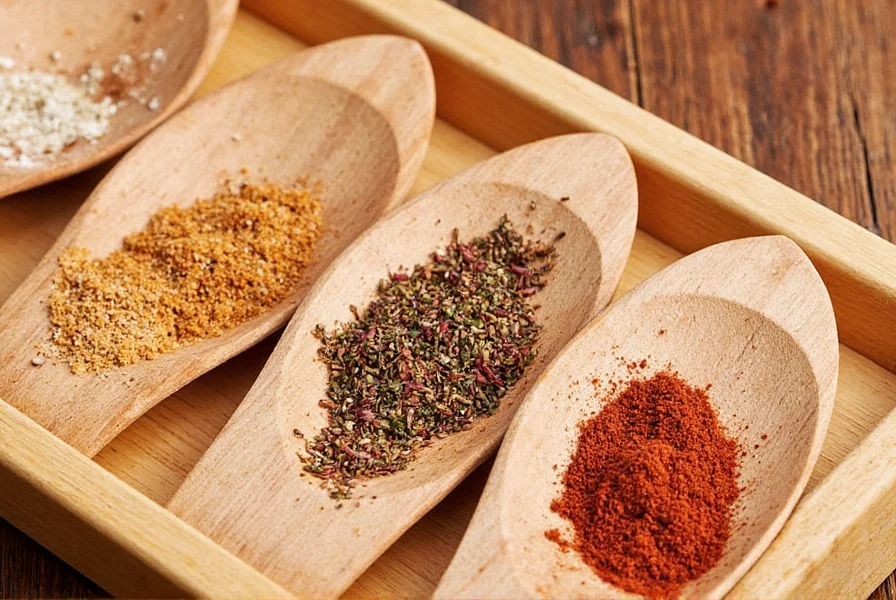
Shichimi Togarashi
Check for visible sesame seeds and nori pieces. Fresh blends should have bright red chili flakes and strong citrus aroma. Avoid pre-ground versions that lose flavor quickly.
FAQs About S-Seasonings
What's the most expensive S-seasoning?
Saffron is the world's most expensive spice by weight. It takes 75,000 crocus flowers to produce one pound of saffron, with each flower requiring hand-picking of only three stigmas.
Can sumac replace lemon juice?
Yes! Sumac provides tangy flavor without liquid. Use 1 tsp sumac for every 1 tbsp lemon juice. It's perfect for dry rubs, salad dressings, and garnishes where you want acidity without moisture.
How to store saffron properly?
Keep in airtight glass container in cool, dark place. Properly stored saffron maintains quality for 2-3 years. Avoid plastic containers which can absorb its aroma.










 浙公网安备
33010002000092号
浙公网安备
33010002000092号 浙B2-20120091-4
浙B2-20120091-4